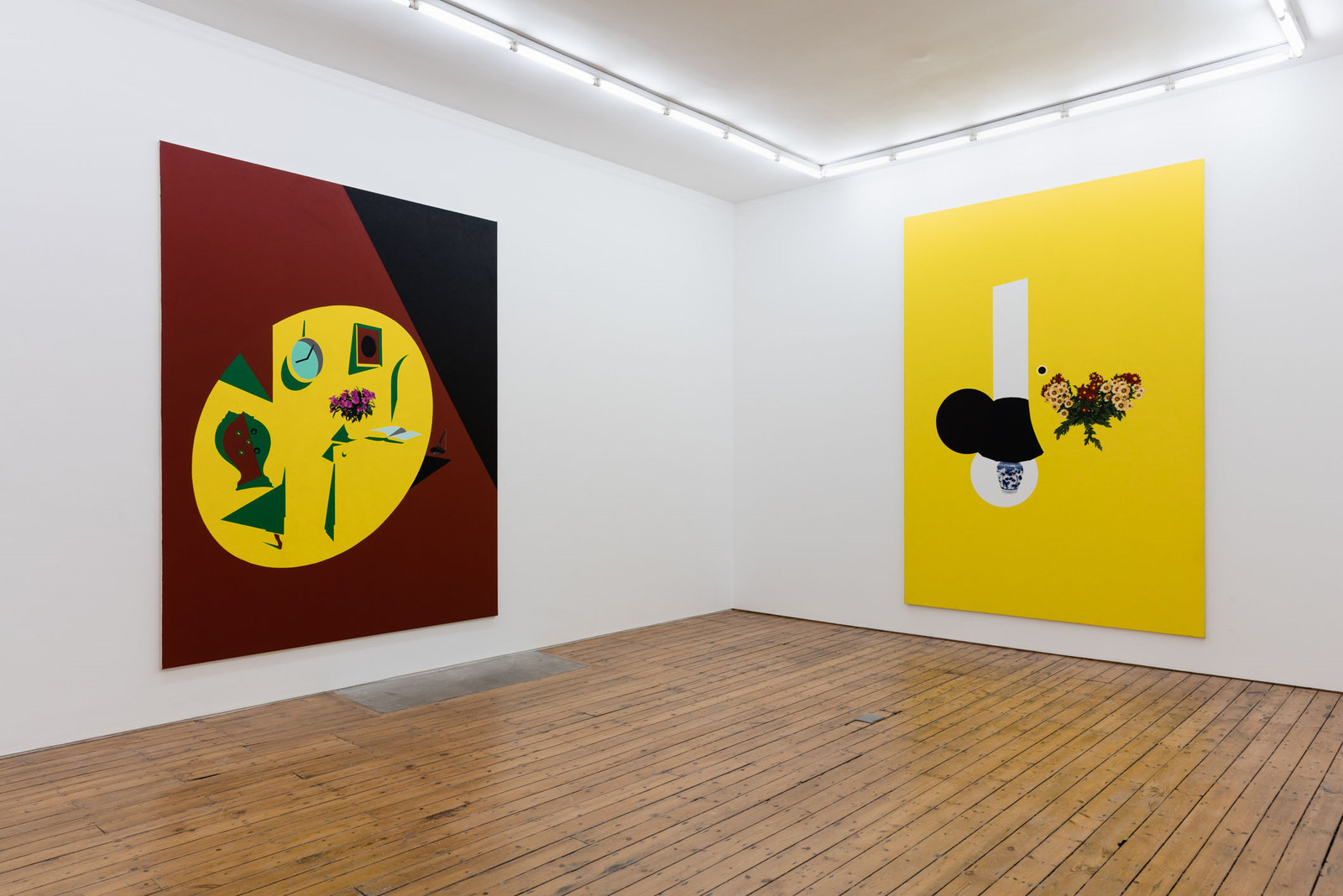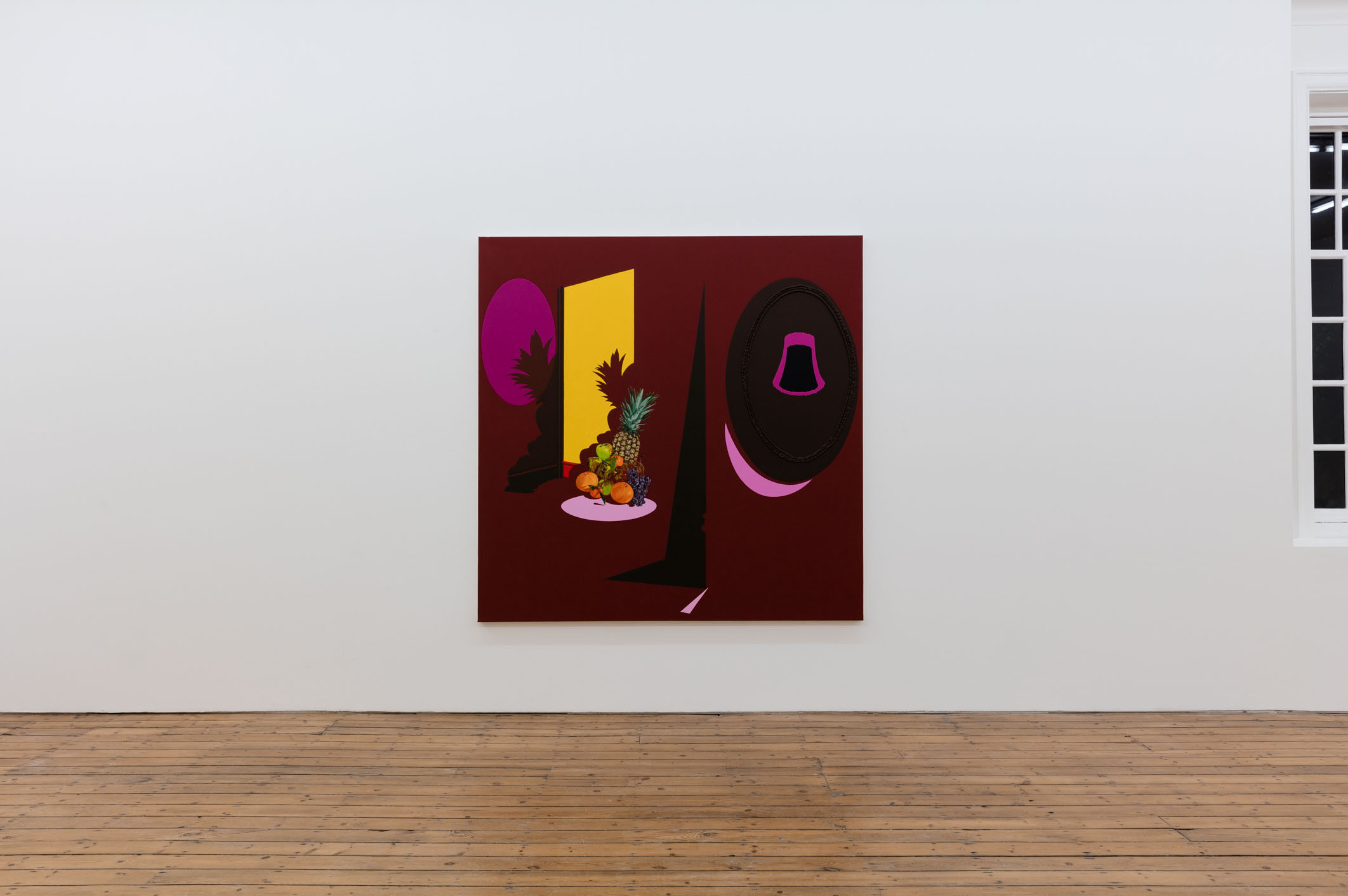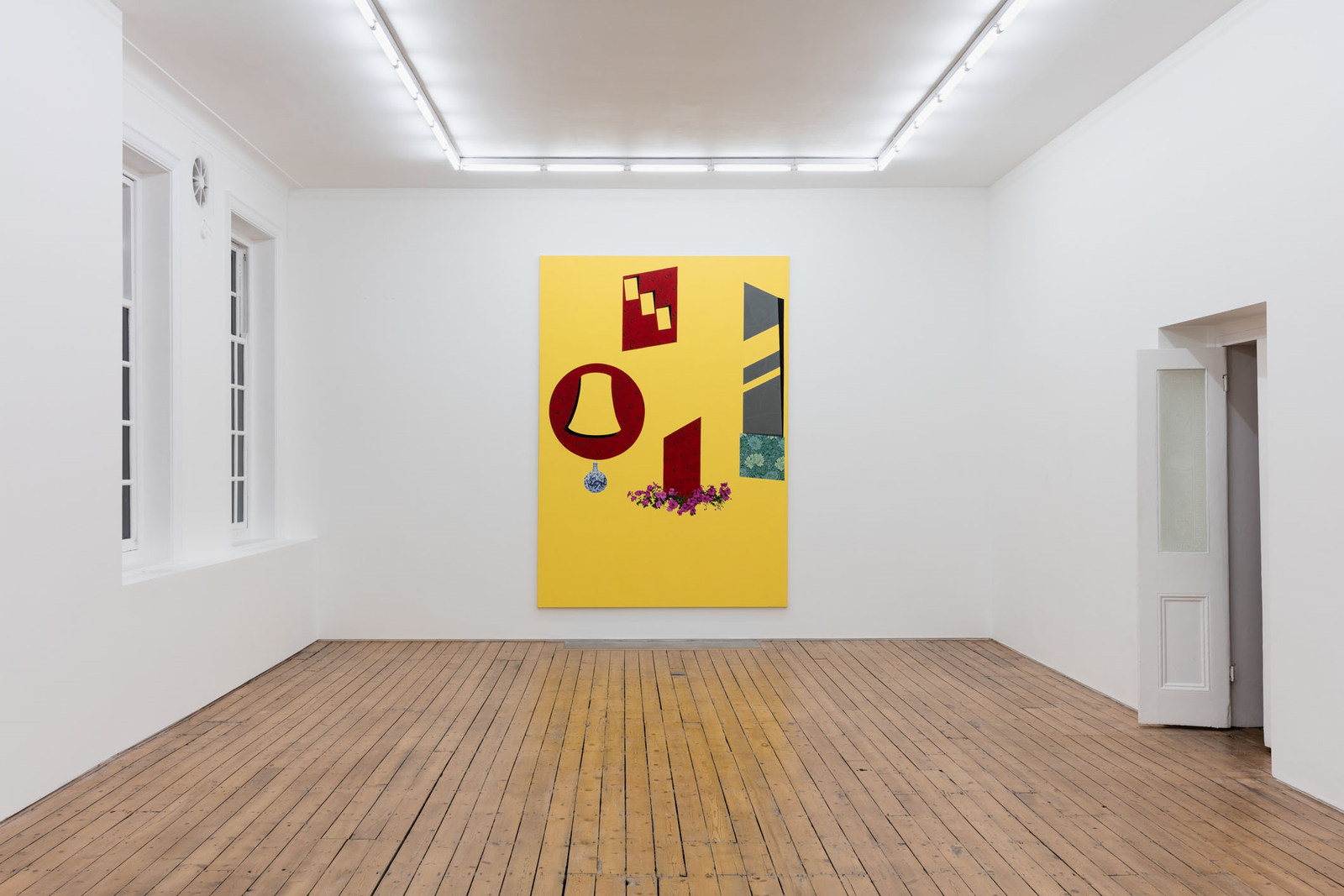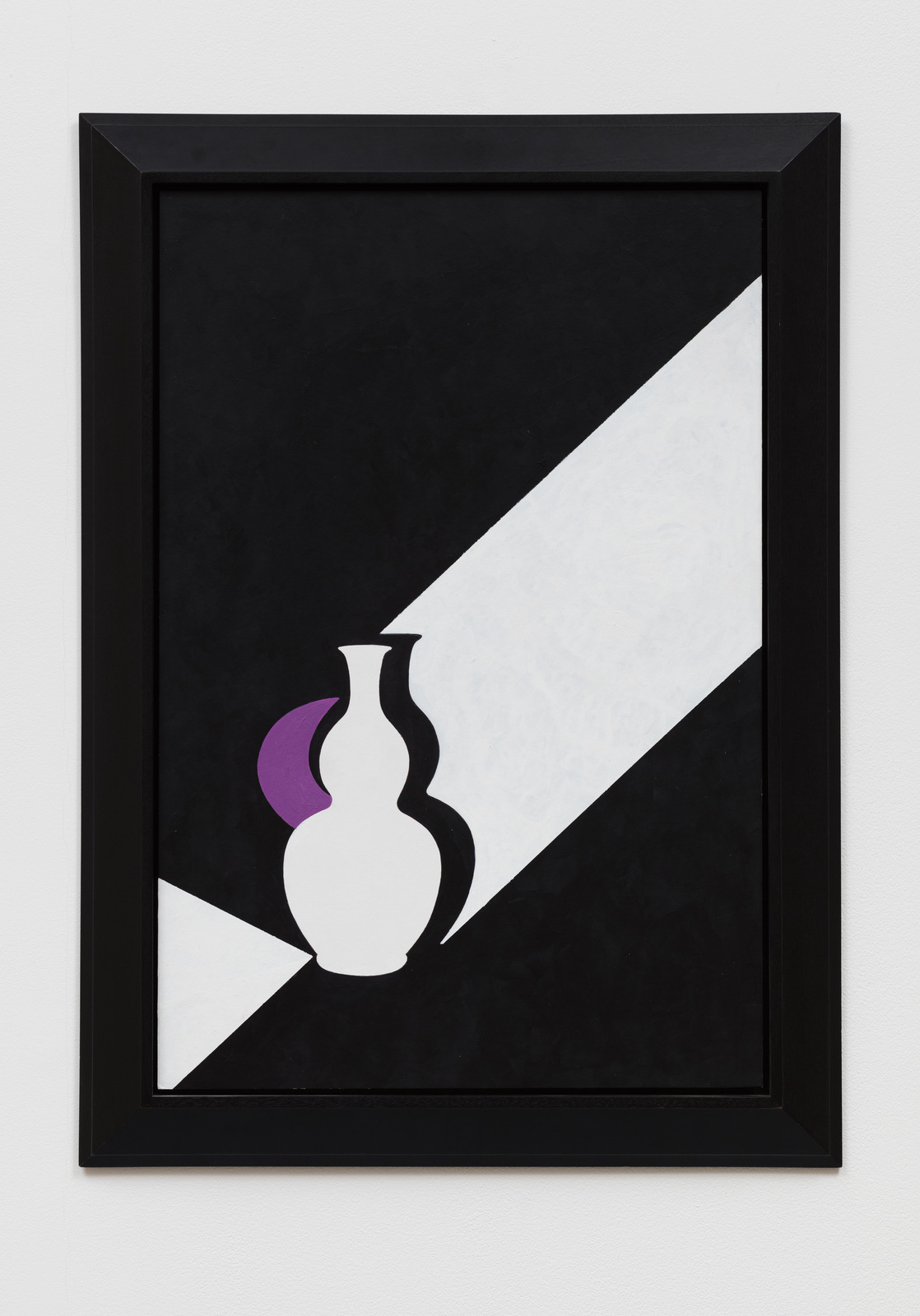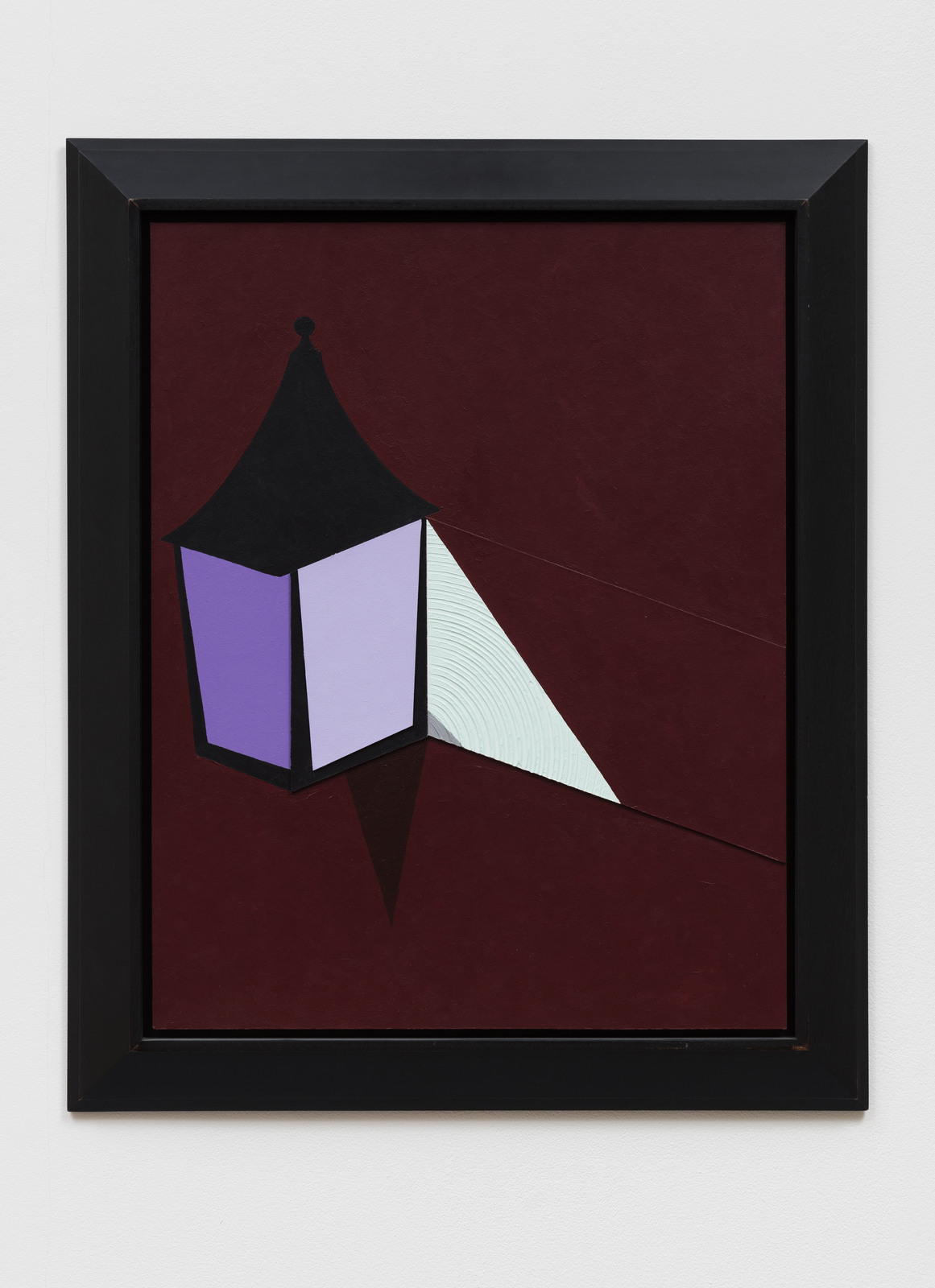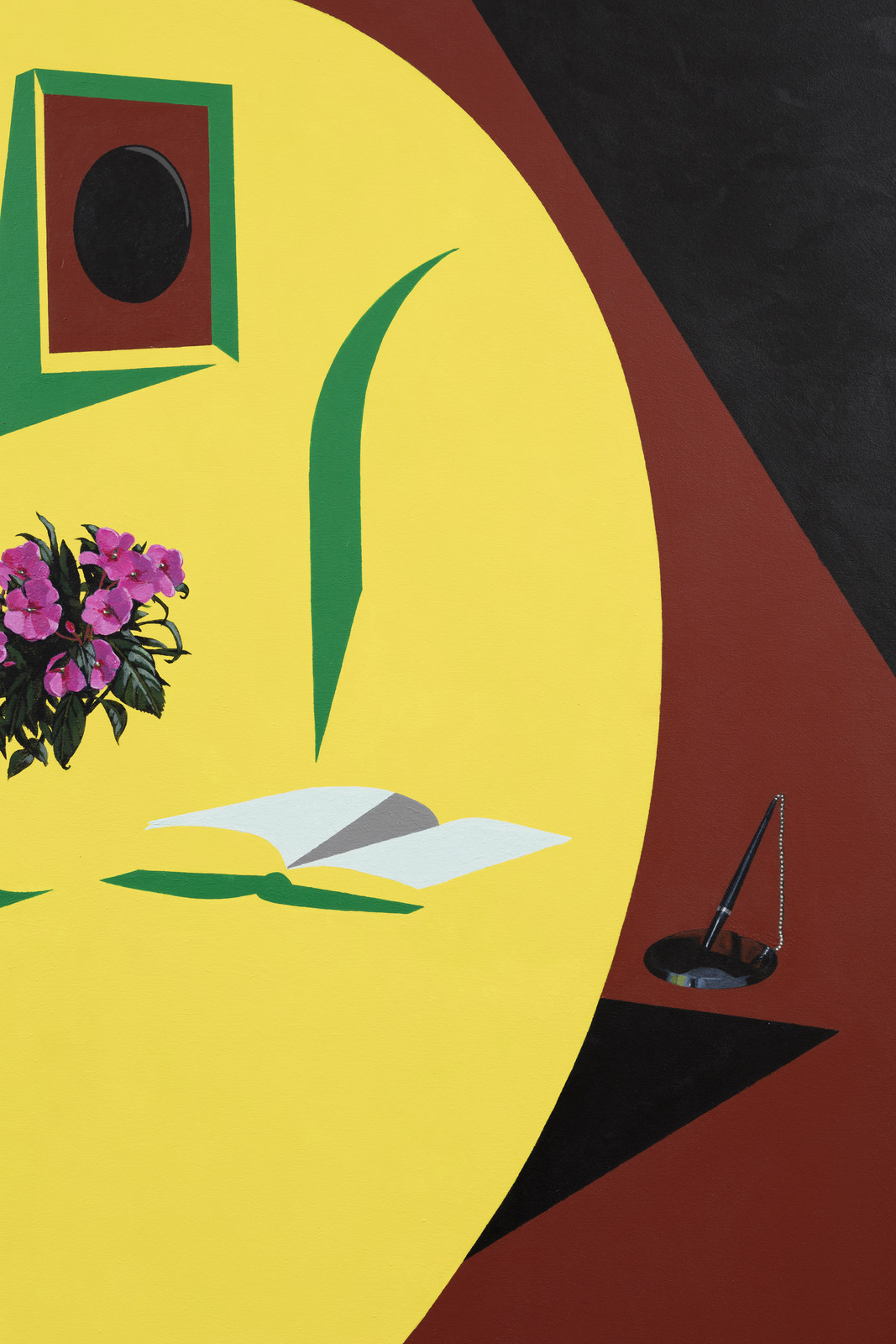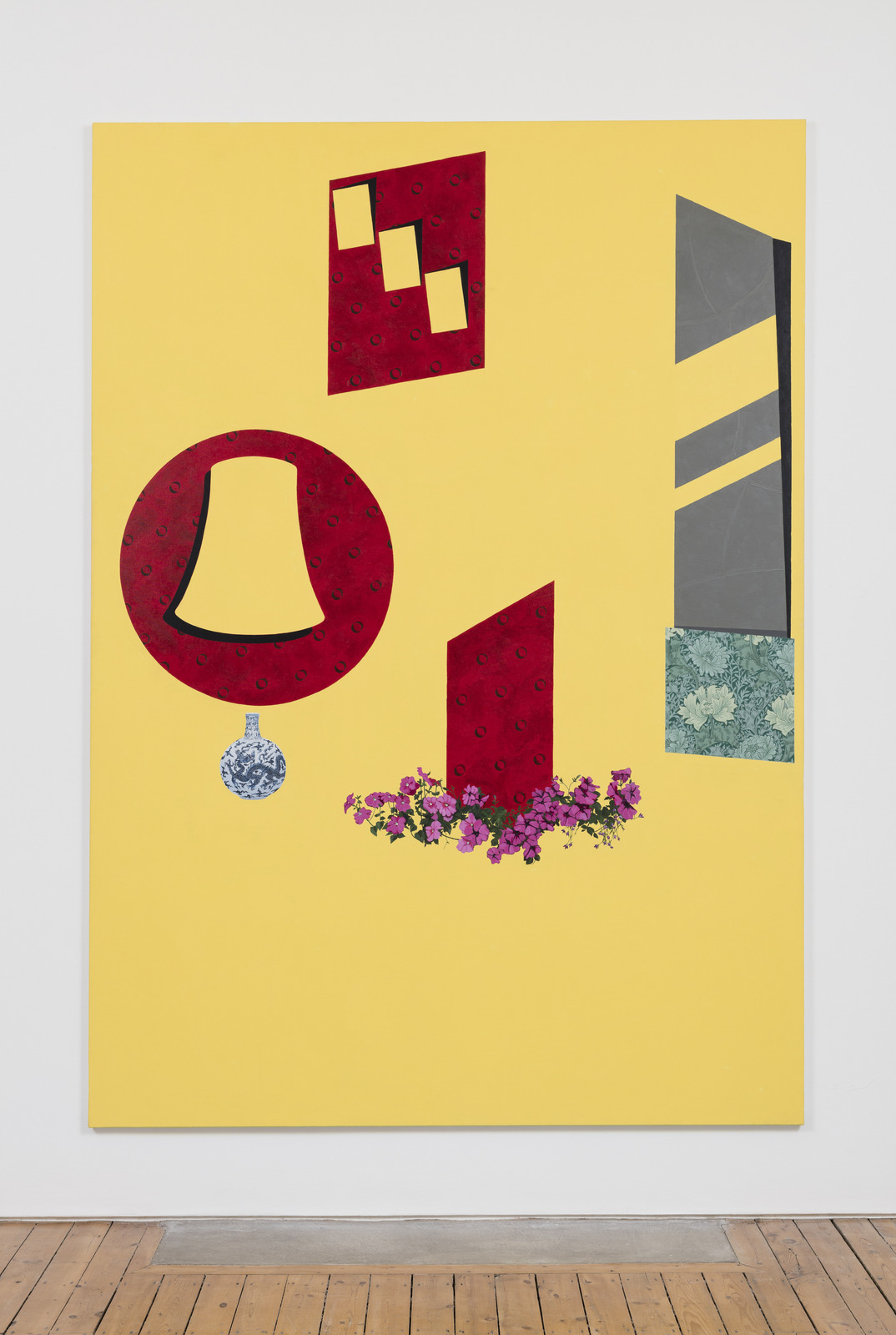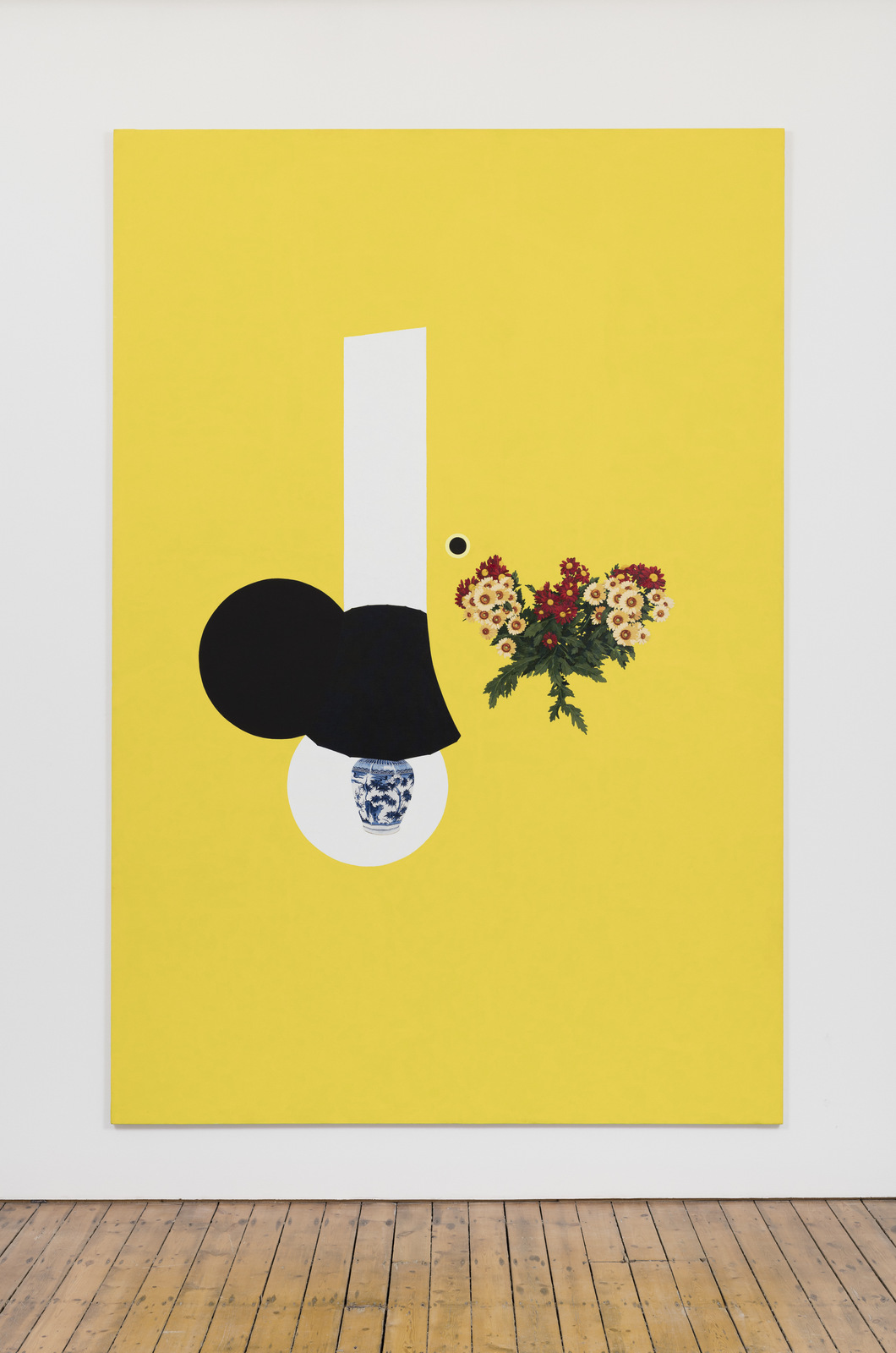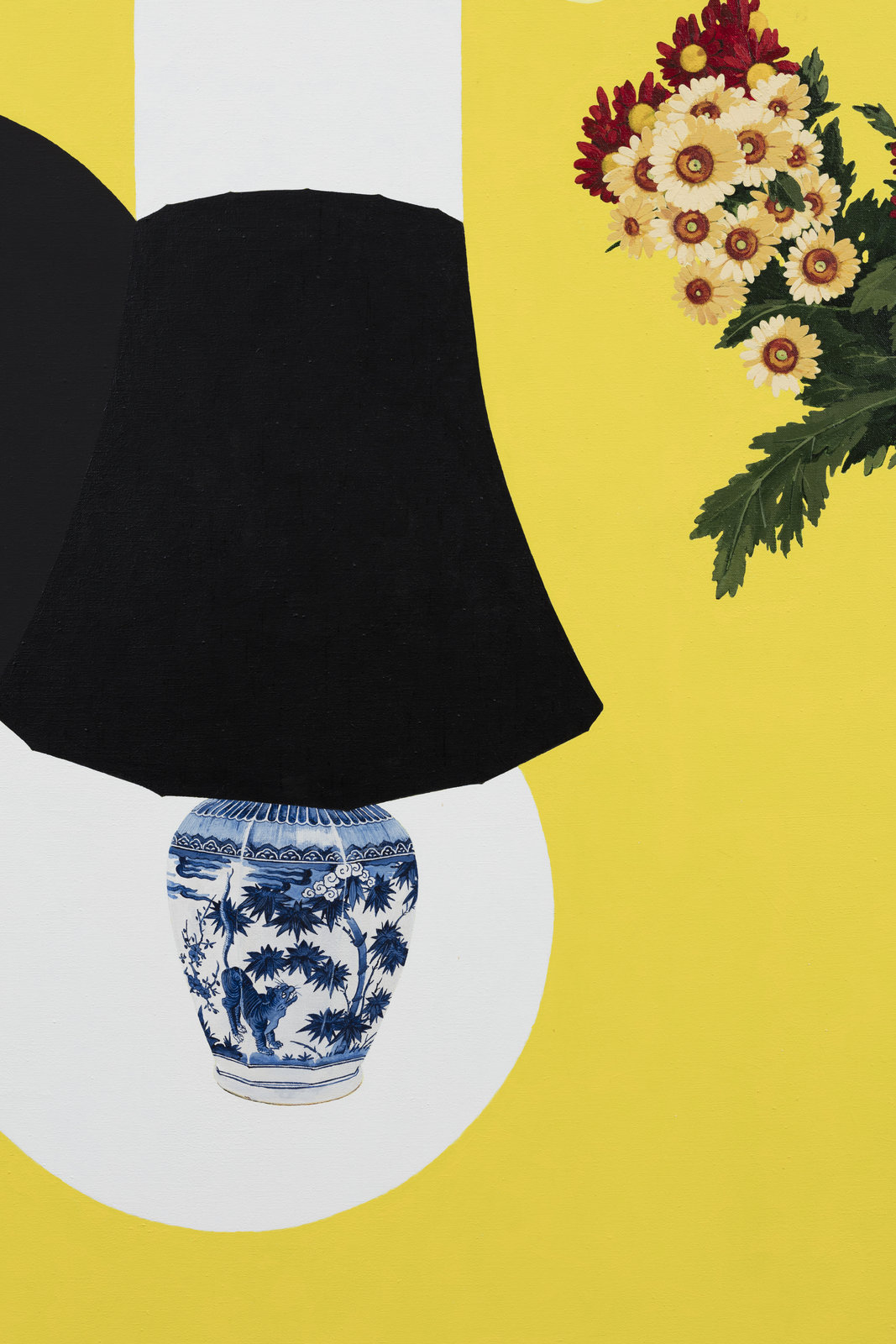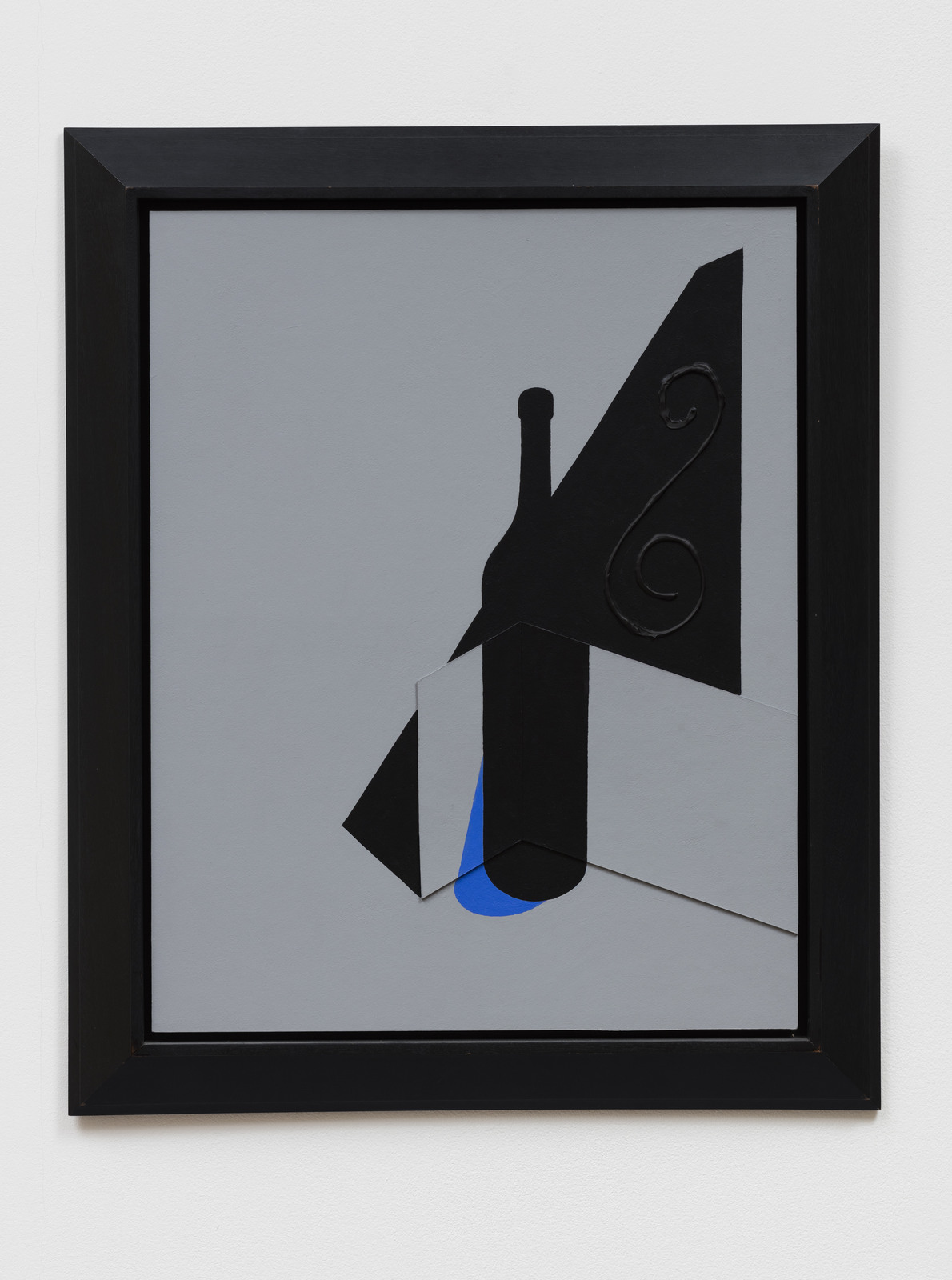Artist: Patrick Caulfield
Exhibition title: Stillness & Drama
Venue: The Approach, London, UK
Date: November 4 – December 11, 2016
Photography: © Patrick Caulfield 2016, courtesy The Approach and Waddington Custot, London. Photo by: Lewis Ronald
The Approach in association with Waddington Custot is delighted to present Stillness & Drama, a solo exhibition of selected works from the esteemed British painter Patrick Caulfield (1936–2005). The exhibition will include a group of both small and large paintings produced between the late 1980s and 1990s, reflecting Caulfield’s personal affection with public spaces and the still lives invoked within. Possessing a deep yet often nostalgic and melancholic mood through distinctive use of light, shadow and colour, the paintings resonate within their physical context (situated in the gallery above The Approach Tavern) through their reflective celebration of uninhabited social environments. Here, the atmospheric tone of Caulfield’s interiors is actualised through the spatial environment of the gallery and its neighbouring habitat.
Writer, novelist and curator Michael Bracewell on Patrick Caulfield:
“Of the young artists to emerge in London during the first half of the 1960s loosely grouped under the generic heading of Pop art, Patrick Caulfield now seems like the joker in the pack. For a while he is supremely Pop – one of the great visual interpreters of a mass-produced, mass-mediated modernity – one also feels he is constantly distancing the temper of his interpretations away from what are regarded as the principle characteristics of Pop art.
Caulfield is a poet, in this respect, and mimicking a robot presence, his works can appear to have the charm and simplicity of illustrations in the margin of a medieval manuscript, while at the same time transmitting their air of progressive modernity as though with a low-electronic pulse. Such meticulous tension, as conveyed in Caulfield’s signature style of flat, dense colours encased in thick black lines, has the effect of describing a timeless sense of the contemporary. His subjects appear drawn from some infinite catalogue of modern devices and phenomena; they seem to present themselves quite free of any additional rhetoric – their extraordinary intensity deriving in part from their mute, uncompromising statement of singularity. The ultimate effect – and here comes the twist – are works of such mesmeric poise that their very stillness acquires an epic sense of drama.
It is in this constant algebra of opposites, I think, that Caulfield is revealed as a key pioneer of modern visual culture. For all the reference to the flat surfaces of his work, there is a profound psychological depth to their impact. In their economy and tension, their ambiguities and drama, these paintings take their places as studies of consciousness – our empathetic relationship to our own experience of the modern world, so often defined by our roles as consumers, passers-by, tourists or customers. The modern world is shot through with intimacy regulators, and an aspect of the art of Patrick Caulfield is to convey the simultaneous experience of intimacy and distance: our own awareness of ourselves looking on.”
Extracts from Michael Bracewell, ‘Patrick Caulfield,’ The Space Between: Selected Writings on Art, Ridinghouse, pp. 79–84
First published: Afterall, no.12, November 2005, pp.29–34
Patrick Caulfield was born in 1936, London, UK and died in 2005, London, UK. Important retrospectives of his work have been held at the Walker Art Gallery, Liverpool and Tate Gallery, London (1981) and at the Serpentine Gallery, London (1992–93). A major retrospective of Caulfield’s paintings, organised by the British Council, was shown at the Hayward Gallery, London, in 1999, and subsequently toured to the Musée National d’Histoire et d’Art, Luxembourg, the Calouste Gulbenkian Foundation, Lisbon, and the Yale Center for British Art, New Haven, Connecticut (1999–2000). In 2013, Tate Britain hosted a major survey exhibition of Caulfield’s work.
Patrick Caulfield, Arita Flask: Black, 1989
Acrylic on board, 30 1/2 x 20 1/2 in. (77.5 x 52.1 cm)
Patrick Caulfield, Corner Lamp, 1998
Acrylic on board, 26 x 20 1/2 in. (66 x 52.1 cm)
Patrick Caulfield, Fruit Display, 1996
Acrylic on canvas, 76 1/8 x 76 1/8 in. (193.4 x 193.4 cm)
Patrick Caulfield, Fruit Display, 1996 (detail)
Acrylic on canvas, 76 1/8 x 76 1/8 in. (193.4 x 193.4 cm)
Patrick Caulfield, Glass of Whisky, 1987
Acrylic on canvas, 29 7/8 x 44 in. (76 x 112 cm)
Patrick Caulfield, The Register, 1993
Acrylic on canvas, 108 x 84 in. (274.3 x 213.4 cm)
Patrick Caulfield, The Register, 1993 (detail)
Acrylic on canvas, 108 x 84 in. (274.3 x 213.4 cm)
Patrick Caulfield, Lounge, 1989
Acrylic on canvas, 114 x 81 in. (289.5 x 205.7 cm)
Patrick Caulfield, Lounge, 1989 (detail)
Acrylic on canvas, 114 x 81 in. (289.5 x 205.7 cm)
Patrick Caulfield, Lounge, 1989 (detail)
Acrylic on canvas, 114 x 81 in. (289.5 x 205.7 cm)
Patrick Caulfield, Menu, 1998
Acrylic on board, 26 x 20 1/2 in. (66 x 52.1 cm)
Patrick Caulfield, Pipe & Blind, 1990
Acrylic on canvas, 30 x 24 in. (76.2 x 61 cm)
Patrick Caulfield, Reception, 1988
Acrylic on canvas, 120 x 81 in. (304.8 x 205.7 cm)
Patrick Caulfield, Reception, 1988 (detail)
Acrylic on canvas, 120 x 81 in. (304.8 x 205.7 cm)
Patrick Caulfield, Tall Bottle, 1998
Acrylic on board, 26 x 20 1/2 in. (66 x 52.1 cm)



